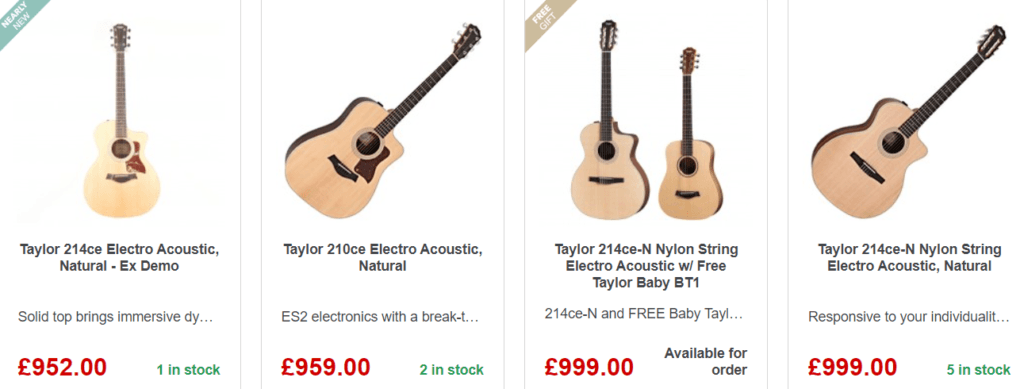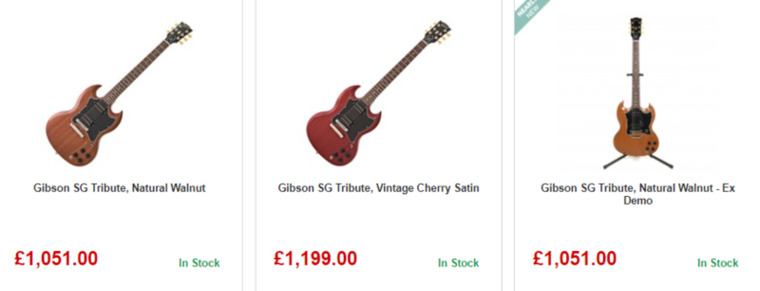Intonation is critical for ensuring that your guitar sounds in tune across the entire fretboard. Proper intonation means that each note, whether played open or at any fret, is in tune. Over time, changes in string tension, neck relief, and other factors can cause intonation to drift. Adjusting the intonation on your guitar involves a few precise steps, but with patience, you can achieve a perfectly intonated instrument. Here’s how to do it:

Tools You’ll Need
- Electronic Tuner: A precise tuner is essential for accurate adjustments.
- Screwdriver: Depending on your bridge, you’ll need either a Phillips or flathead screwdriver.
- Fresh Strings: Always check and adjust intonation with new strings.
Step-by-Step Guide to Adjusting Intonation
- Tune Your Guitar:
- Begin by tuning your guitar to standard pitch using your electronic tuner. This provides a baseline for your adjustments.
- Check Open String and 12th Fret Harmonic:
- Play the open string and ensure it’s in tune.
- Play the 12th fret harmonic (lightly touch the string above the 12th fret and pluck). The tuner should show the same pitch as the open string.
- Check the 12th Fret Fretted Note:
- Press down the string at the 12th fret and pluck. Compare the pitch of this note to the open string and 12th fret harmonic.
- If the 12th fret note is sharp, the string length is too short.
- If the 12th fret note is flat, the string length is too long.
- Adjust the Bridge Saddles:
- For Sharp 12th Fret Note: Move the saddle backward (away from the neck) to lengthen the string.
- For Flat 12th Fret Note: Move the saddle forward (toward the neck) to shorten the string.
- Use the appropriate screwdriver to adjust the saddle screws. Make small adjustments, retune the string, and recheck the intonation each time.
- Repeat for All Strings:
- Follow the same process for each string. Each string may require different adjustments.
Tips for Successful Intonation Adjustment
- Stability: Ensure your guitar is in a stable environment. Extreme temperatures or humidity can affect tuning and intonation.
- Neck Relief: Check the neck relief (truss rod adjustment) before setting intonation. An improperly adjusted neck can cause intonation issues.
- String Height: Ensure the action (string height) is set correctly. Too high or too low action can affect intonation.
- String Gauge: Intonation adjustments should be done with the string gauge you normally use. Changing string gauges can alter intonation.
Understanding the Importance of Intonation
Proper intonation is crucial for:
- Accurate Chords: Chords played higher up the neck will sound more in tune.
- Soloing: Accurate intonation ensures that notes sound correct and harmonically pleasant.
- Recording and Performing: Both in studio settings and live performances, perfect intonation ensures professional sound quality.
Troubleshooting Common Intonation Issues
- Persistent Sharp/Flat Notes: If adjustments aren’t fixing the intonation, check for worn-out frets, old strings, or issues with the nut or bridge.
- Buzzing: Ensure there’s no fret buzz which can interfere with tuning and intonation checks.
- Action Too High: High action can stretch the string more when fretting, causing intonation problems.
Adjusting guitar intonation might seem daunting at first, but with careful steps, you can ensure your guitar plays perfectly in tune across the fretboard. Regular maintenance and proper setup are key to keeping your instrument in optimal playing condition. Happy tuning!




